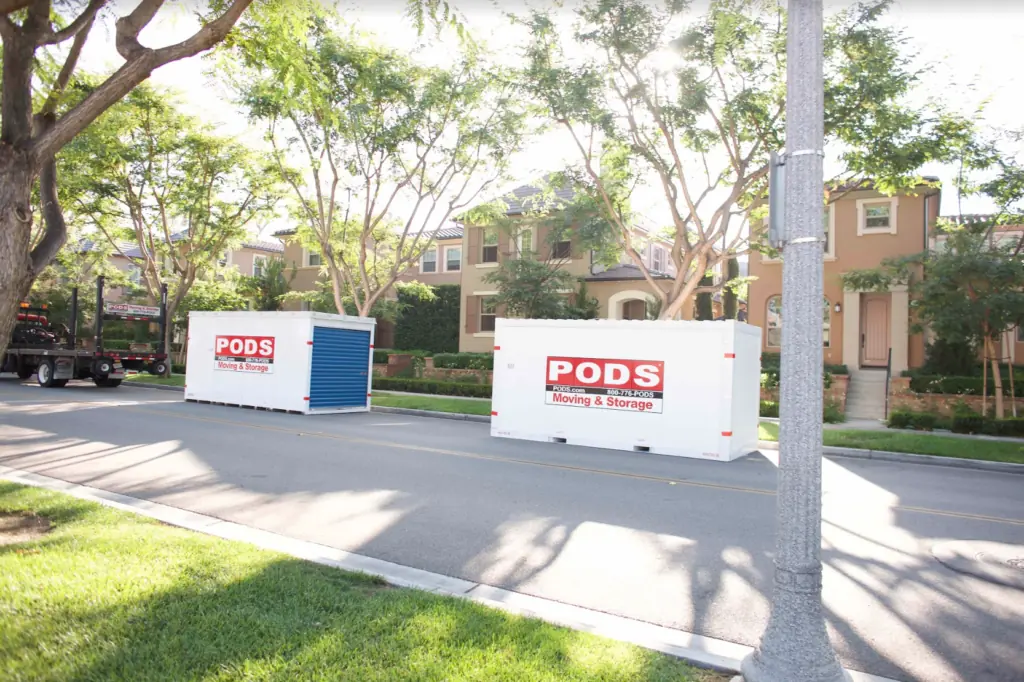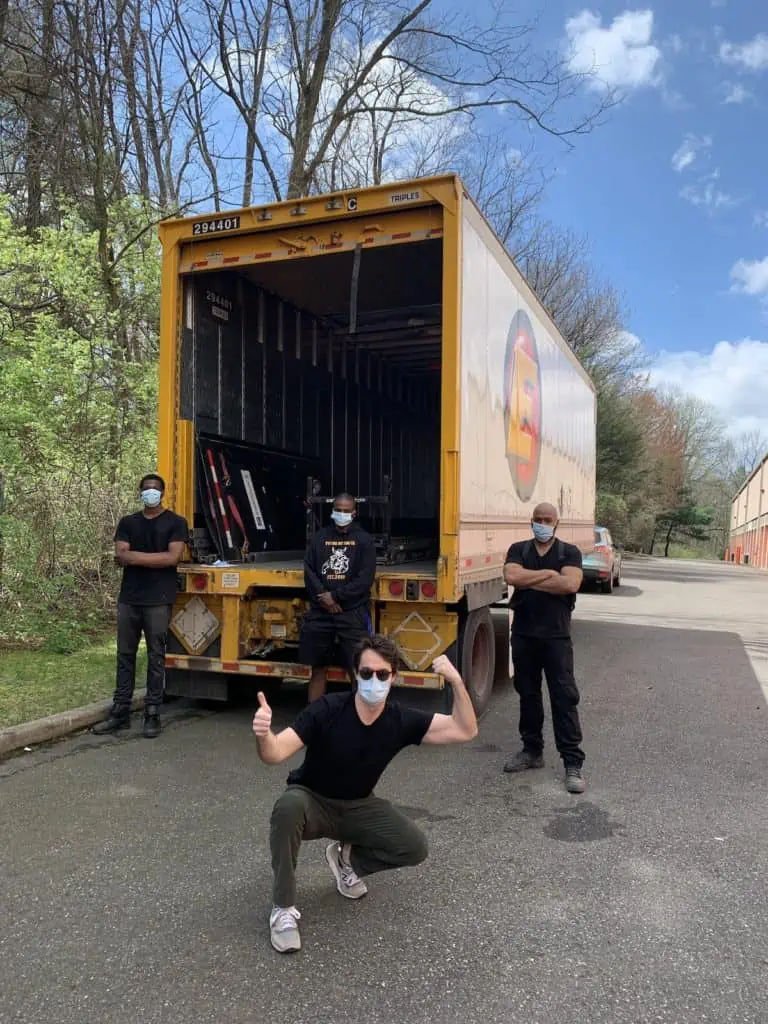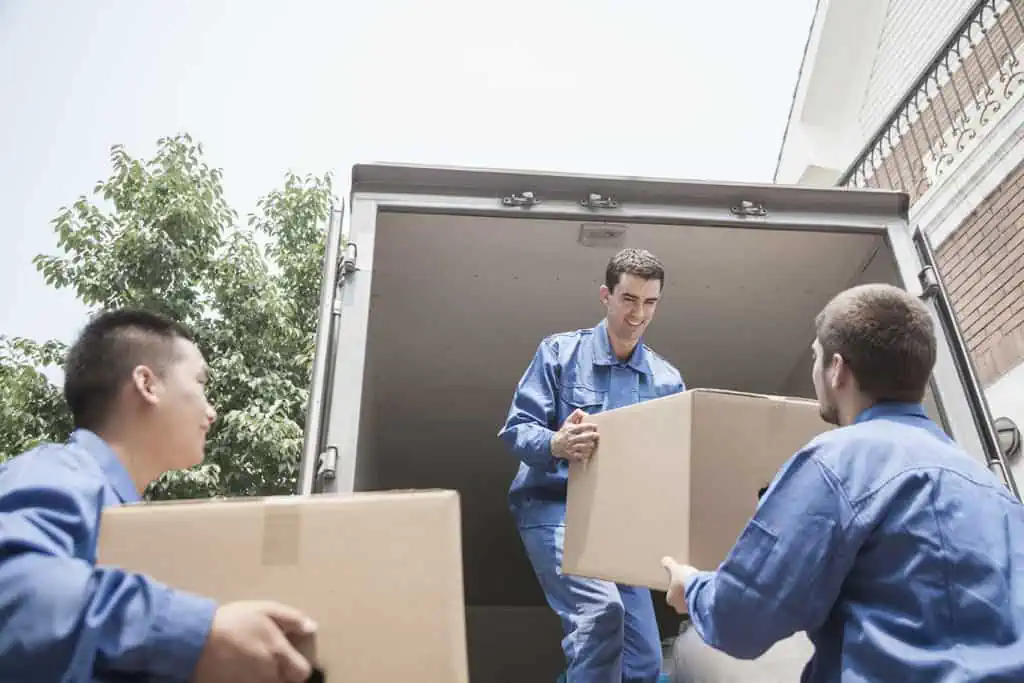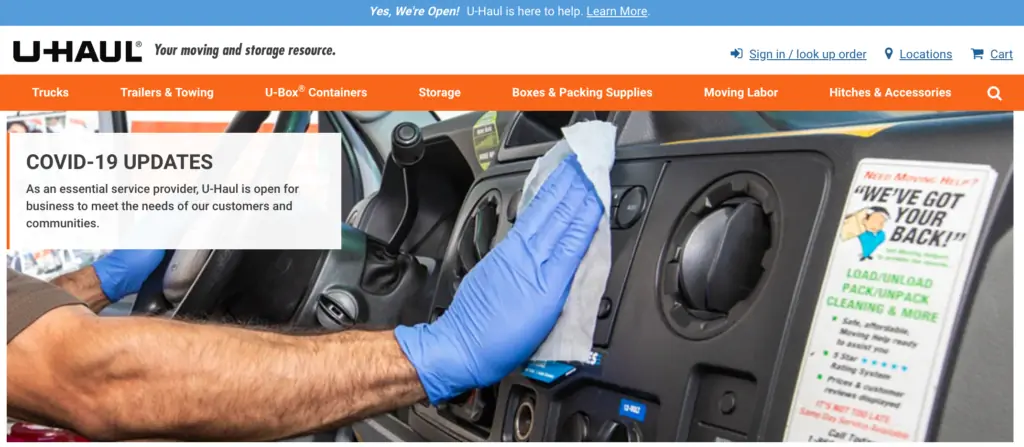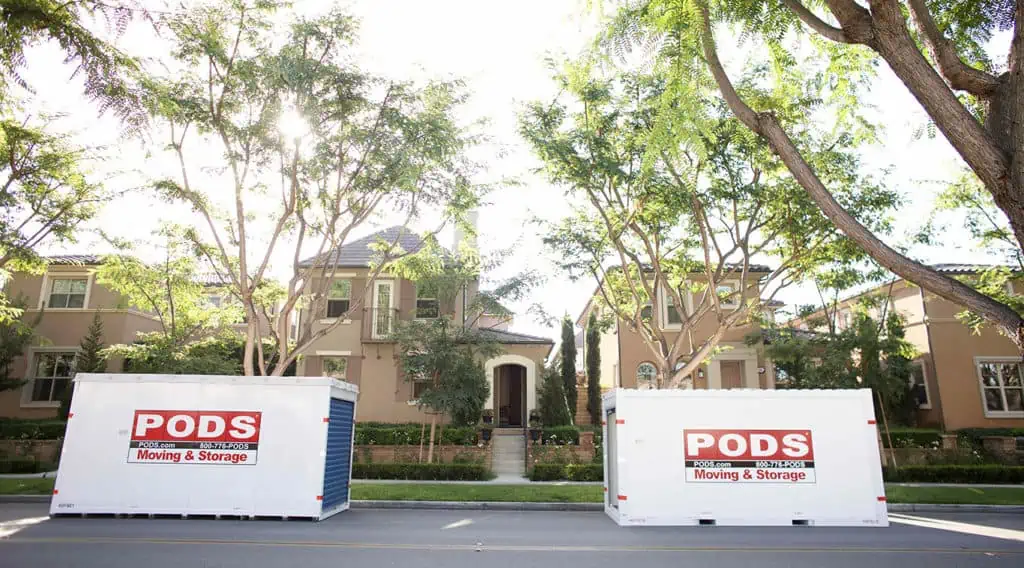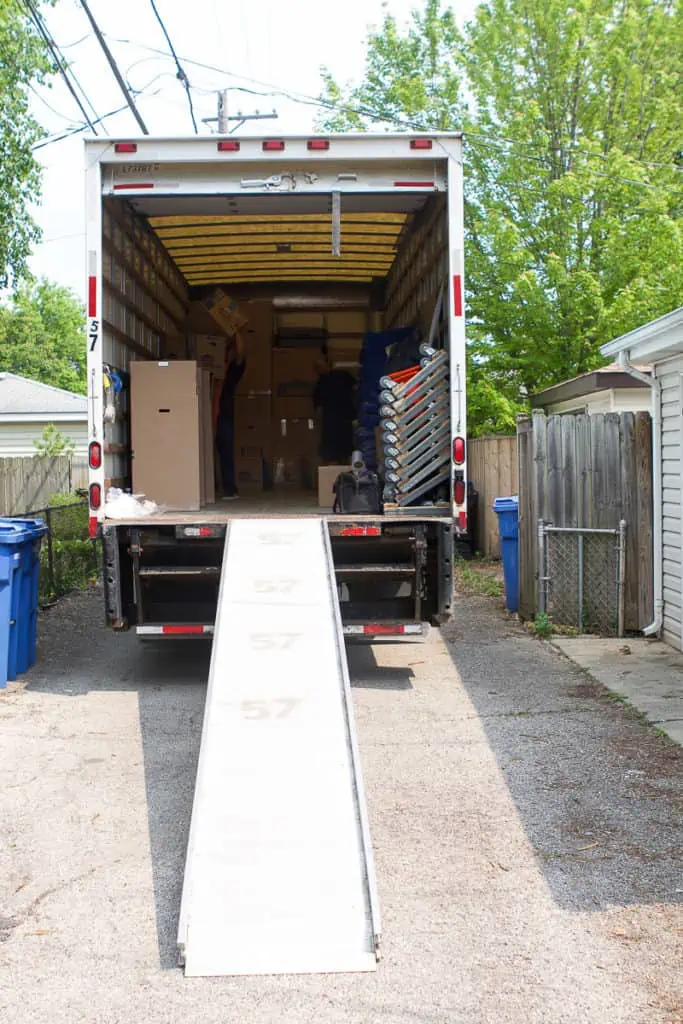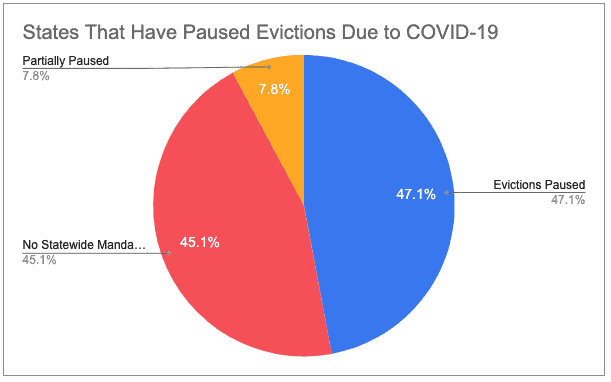Key Findings
- As of August 2021, 20.5 million Americans are working from home due to COVID, fewer than half (42%) that were working remotely at the start of the declaration of the pandemic in 2020 (48.7 million)
- On average, 13.4% of Americans worked remotely in August 2021, an increase from 13.2% the month previous (July 2021)
- July 2021 into August 2021 is the first increase of remote workers in America since December 2020
- There are 15 occupations where over 50% of employees still work remotely, including finance, insurance, and tech jobs
- Rates of remote work are highest in coastal states, including Massachusetts (24%), Maryland (22%), and New Jersey (21%)
- Across metropolitan areas, employees in San Francisco, CA (36%), San Jose, CA (34%), and Madison, WI (29%) were most likely to work remotely in August 2021
Working from home was something many Americans were forced into. This was rightly burdensome for some—mostly those left to juggle childcare, work, and household activities from home. Yet for others, remote work became a positive opportunity.
Some of us got to do some gardening in the middle of the workday, or skip a crowded commute, or completely move out of an overpriced city to live somewhere quaint, green, and most importantly, affordable.
But now, 18 months into the pandemic, how many Americans are still working remotely? In this data study we break down changes in remote work patterns in the U.S., look at how rates of teleworking vary by state, metropolitan area and occupation, then examine whether the rise of the delta variant may have had any impact on remote work.
Back to the Office? Remote Work in Steady Decline Since the Start of the Pandemic
When the Bureau of Labor Statistics began reporting on the number of people forced to telework due to COVID-19 in May of 2020, more than one in three (35%) adult Americans were working remotely.

Worth noting, however, is that 13.4% is actually a higher share than the 13.2% that were working remotely in July 2021. This is the first time the number of remote workers has increased since the pandemic peaked in late 2020. Could this bump be related to the fact that the more aggressive delta variant of COVID has become a prevalent strain of the disease in the U.S. in July? Possibly, though we can’t say for a fact.
For many occupations and industries, the share of remote workers was never particularly high. Over 90% of healthcare professionals, construction laborers, truck drivers, agricultural workers haven’t at any point in the last 18 months worked remotely, and that makes sense, given the nature of their work.
For people in certain knowledge-based roles, the rates of remote work reached as high as 80% in May of last year. Yet even Americans in these occupations have been slowly returning to their usual workplaces.
“According to the Bureau of Labor Statistics, as of August 2021, 13.4% of all employed Americans are most currently listed as working from home due to the pandemic. That’s almost three times fewer than the figure of remote workers from May 2020.”
Most statistically notable of those returning to the workplace are teachers and educators, 80% of whom delivered lessons and lectures from home after the pandemic shut down schools in May 2020, yet are now almost entirely back to work.
Meanwhile, the share of Americans working remotely in community and social services has decreased by a factor of three. Similarly, only half as many scientists and researchers carried out their work from home in August 2021.
The same goes for general business services (think sales, marketing, and human resources), where only 37% of employees work remotely due to COVID in August 2021; that’s a far cry from the 67% that did so in May 2020.
Even in tech, whose workforce seemed to have culturally embraced teleworking the most successfully, the percentage of employees continuing to work from home has reduced by 65%.
Finance, Insurance, and Tech: 15 Occupations Continue to Embrace Remote Work in 2021
While the above statistics describe the behaviors of broad groups of professions, let’s delve into individual occupations to see where remote work is still remarkably popular.
“Most statistically notable of those returning to the workplace are teachers and educators, 80% of whom delivered lessons and lectures from home after the pandemic shut down schools in May 2020, yet are now almost entirely back to work.”
Figures from the Current Population Survey suggest there were 15 occupations where over 50% of employees worked from home in August 2021. The three professions with the highest share of remote workers are all in economics and finance. Economists (92%), budget specialists (77%), and actuaries (71%) were more likely to work remotely than any other occupation.
Further down the list appear people in science-related jobs. Among them are astronomers and physicists, aerospace engineers, procurement clerks, and environmental engineers, all of which had between 60% to 70% representation of those who still worked remotely by August of 2021.
Work-from-home rates for operations research analysts, mathematical scientists, financial analysts, and credit analysts were between 55% and 60%. Rounding out these 15 occupations are eligibility interviewers, engineering managers, and public relations specialists.
Get Help Unloading Your Rental Truck
See prices for movers by the hour—instantly.
Read real customer reviews.
Easily book your help online.
Fear of Fourth Wave? Some Occupations See Increase in Remote Work for the First Time This Year
For all the gradual return to what used to be known as “normal life”, specifically due to the increase of the vaccinated population, future mutations of COVID remain a concern.
The rate of COVID cases persisting upward and hospitals nearing capacity in some states are likely the reasons why many employers still haven’t made up their minds about their stances on remote work going forward.
The employees who still have a choice
When left to their own devices, a segment of workers choose where they work for themselves. And many, it would appear, are still choosing remote work.
According to the Current Population Survey, there were 117 occupations where the share of remote workers went up in August 2021, as compared to the month prior. Notably, this is the month when the delta variant of COVID-19 became the dominant strain in the U.S.
For occupations like marketing managers, it’s also the first such increase since January 2021, back when the pandemic reached its peak of 250,000 new cases a day.
Work-from-home Hubs: Places in America Where Remote Work Still Thrives
At a rate of 56%, Washington, D.C. had the highest percentage of employees working remotely in August 2021 versus any state in America. Given the very specific government workforce that inhabits this part of the country, this is not so surprising.
All other top remote states in the top 10, except Illinois, are all on the coast. In Massachusetts, Maryland, New Jersey, and Virginia, that share reaches between 20% and 25% of all workers.
In three of the most populous states of America—California, New York, and Illinois—nearly one in five employees (~18%) worked from home in August 2021.
The cities with the highest remote workforce
Zooming in on cities—or metropolitan areas to be precise—we see that there are six metros where more than a quarter of workers carried on working remotely in the last month. Except for Madison, WI (29%) and Austin, TX (23%), all of these areas seem to echo the states with the highest remote workforce listed in the previous section.
Metro areas versus states
At the state level, the upswing in remote work between July and August looked marginal, whereas at the metro level—places where workforces tend to be more specialized—we see a different picture.
These metros aren’t all cities in the states we mentioned above. Instead, it’s places like Miami, FL and Houston, TX where 31% and 29% more people were working from home due to COVID-19 in August 2021 when compared to July 2021. Places like Omaha, NE (+15%) and St. Louis, MO (+13%) have also seen a double-digit increase in the share of remote workers month-to-month.




